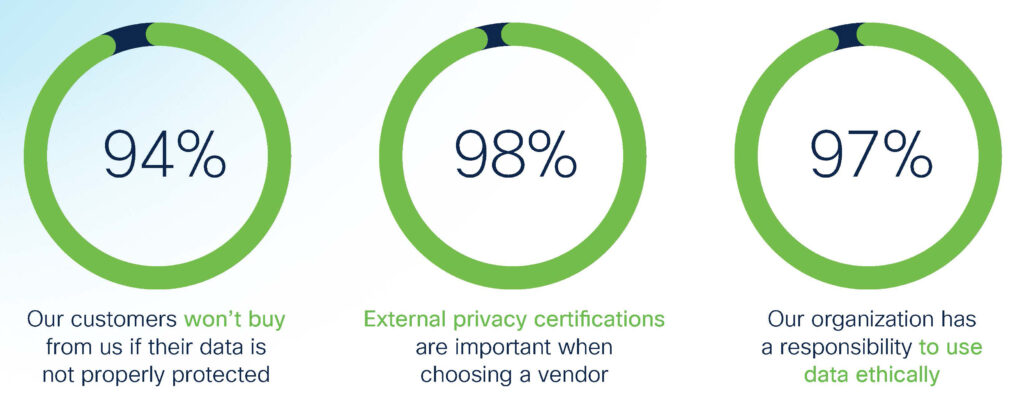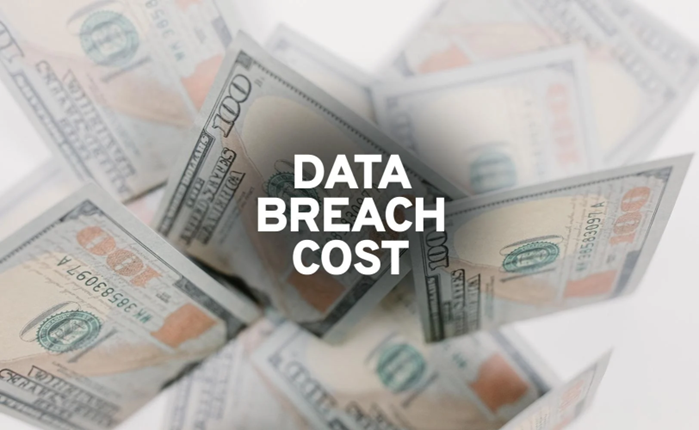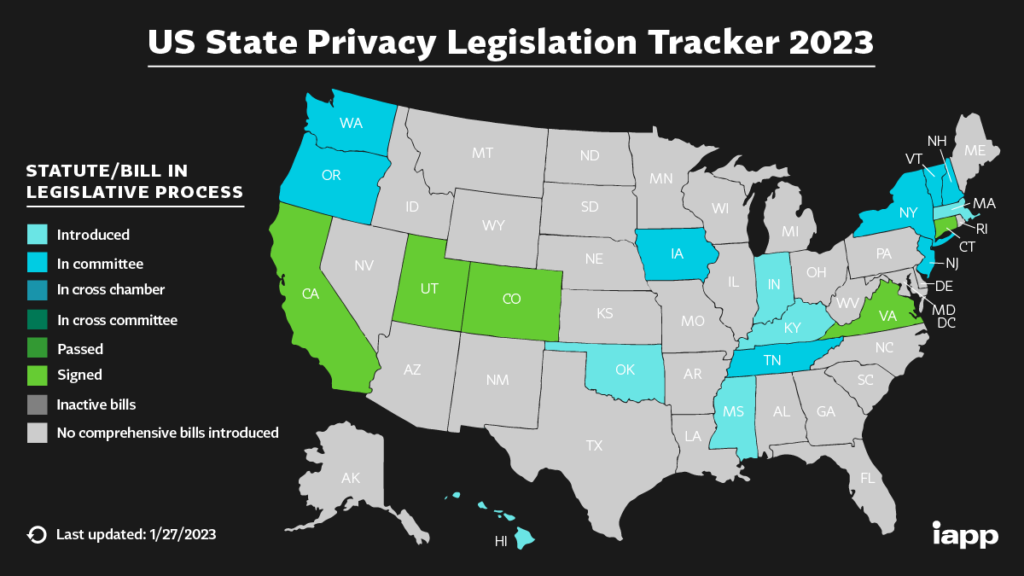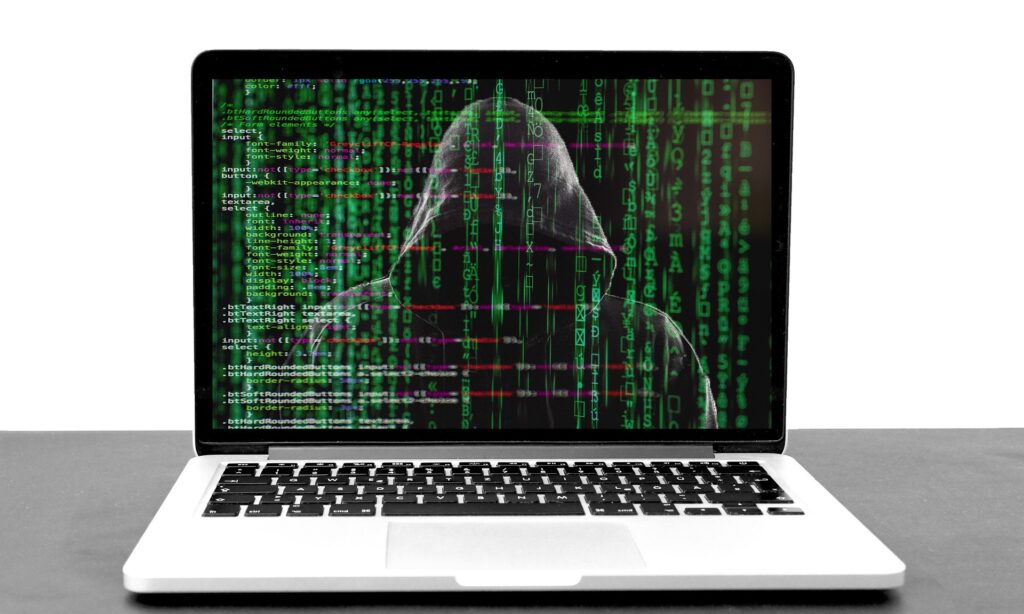Industry news
The Latest Industry News
The Most Influential Leaders in Risk and Compliance, 2025

“Since I started as a junior attorney, the presence of women and minorities in leadership roles has grown, though there is still room for greater inclusivity.” [CIOLOOK]
VKC-PC’s President and Owner, Veronica Contreras, was featured in CIOLOOK’s, “The Most Influential Leader’s in Risk and Compliance, 2025” edition. This article dives into Veronica’s journey from a young and determined attorney to an established authority in the data privacy, cybersecurity, and AI compliance fields.
Understanding the ROI of Investing in Cybersecurity

“In 2023, the average cost of a data breach in the United States rose to $9.48 million, slightly up from $9.44 million in the previous year, while the global average cost for each data breach reached $4.45 million. [Statistica]”
“Cybersecurity investment can yield significant returns, both in terms of cost avoidance and in fostering business growth. A robust cybersecurity posture not only prevents financial losses associated with data breaches but also protects an organization’s reputation, customer trust, and competitive advantage.
Advanced cybersecurity solutions can enhance business agility, enable innovation, and open new markets by ensuring compliance with regulatory requirements. [Deloitte]
Showing a business is investing in robust cybersecurity to protect customer data is now an expected essential in any business sustainability report and an important consideration for stockholders and stakeholders in relation to business continuity and investment.”
TrueFort. (2024, February 9). How to demonstrate the ROI of investing in cybersecurity.
Privacy as an Enabler of Customer Trust

“Organizations are increasingly recognizing the connection between privacy investment and business benefits, especially in building brand trust and loyalty.
For a number of years, we have asked respondents about the business benefits they are realizing from their privacy investment, including reducing sales delays, mitigating losses from data breaches, enabling innovation, achieving operational efficiency, building customer trust, and making their company generally more attractive.
This year, over 70% indicated they were getting “significant” or “very significant” benefits from each of these six areas. Note that “Loyalty and Trust” received the highest percentage of responses (80%) and is up from 71% and 75% the past two years.”
Cisco. (2024). Privacy as an Enabler of Trust, Privacy Benchmark Study.
IBM Security’s Cost of a Data Breach Report 2024

“New research from IBM and Ponemon Institute provides insights from the experiences of 604 organizations and 3,556 cybersecurity and business leaders hit by a breach.”
Expanding Data Privacy Laws and Regulations

Countries continue to pass data privacy legislation and these laws continue to be very well-received around the world. These laws play an important role in providing assurances that governments (and organizations) are being held accountable for how they manage personal data. And over two-thirds (128 of 194) of countries now have privacy laws in place.
This includes the United States, which although lacking a federal privacy law, some U.S. States have begun to pass legislation similar to the E.U. GDPR, including, as of January 2023, five (5) States in the U.S. have signed comprehensive consumer privacy laws, including: California (“CCPA: and its amendment, “CPRA”), Virginia (“VCDPA”), Colorado (“ColoPA”), Connecticut (“CDPA”), and Utah (“UCPA”).
Source: https://www.cisco.com/c/en/us/about/trust-center/data-privacy-benchmark-study.html
See IAPP for additional information: https://iapp.org/resources/article/us-state-privacy-legislation-tracker/
The Rise in Cyber Attacks

In 2023, the global annual cost of cyber crime is predicted to top $8 trillion, according to a recent Cybersecurity Ventures report.* In 2021, U.S. financial institutions lost nearly $1.2 billion in costs due to ransomware attacks alone, which was nearly a 200% increase from the previous year.
While the big, high-profile breaches fill headlines, there is still significant risks to smaller companies as well and many cyber criminals prefer to target smaller organizations. Between 2020-2021, cyberattacks on small companies surged by more than 150%, according to RiskRecon, a Mastercard company that evaluates companies’ security risk^.
